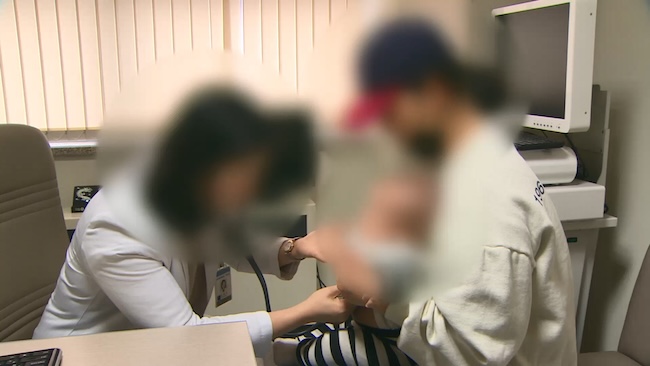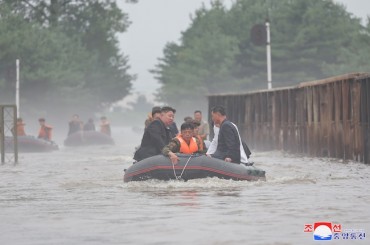
The recent recruitment efforts for next year’s specialties at the renowned ‘Big 5′ hospitals in South Korea saw critical departments like pediatrics as well as obstetrics and gynecology facing challenges in meeting their quotas. (Image courtesy of Yonhap)
SEOUL, Dec. 7 (Korea Bizwire) – The recent recruitment efforts for next year’s specialties at the renowned ‘Big 5′ hospitals in South Korea saw critical departments like pediatrics as well as obstetrics and gynecology facing challenges in meeting their quotas.
Despite government incentives, a reluctance to pursue these specialties has persisted. Even in rural areas, where seat numbers rose due to adjustments in the ratio with metropolitan areas, a shortage of these ‘non-popular mandatory courses’ persisted.
The recruitment results for the 2024 academic year, which concluded on Wednesday afternoon, revealed that many required medical courses at the Big 5 hospitals—Samsung Medical Center, Seoul Asan Medical Center, Severance, Seoul National University, and Seoul St. Mary’s Hospital—remained unfilled.
Residents, who are doctors undergoing specialist training at university hospitals after obtaining a medical license, contribute to the specialist workforce. The shortage of specialists in a particular field directly corresponds to a decrease in the overall number of specialists.
Notably, Seoul Asan Medical Center was the sole hospital to meet the quota for pediatricians, a commonly avoided specialty. Samsung Medical Center had a competitive ratio of 0.8 to 1, with seven applicants for nine positions. Seoul National University Hospital and Seoul St. Mary’s Hospital had ratios of 0.9 to 1 and 0.4 to 1, respectively. Severance Hospital, unfortunately, had no applicants for its 10 pediatric positions.
In obstetrics and gynecology, Asan had four applicants for nine positions, while Severance had no applicants for 10 positions. Seoul St. Mary’s Hospital could not fill its quota (14) with only seven applicants. Samsung had nine applicants for six positions, and Seoul National University had 13 applicants for 12 positions.
Furthermore, cardiovascular and thoracic surgery, family medicine, and emergency medicine also faced challenges in meeting their quotas or lacked applicants.
In cardiovascular and thoracic surgery, Seoul Asan recruited five applicants, nearly filling the six positions on offer, while the other four hospitals fell short. Seoul National University had only one applicant for four positions, and Seoul St. Mary’s Hospital had zero applicants for cardiothoracic surgery.
For emergency medicine, only Samsung Medical Center and Severance successfully filled their seats. Asan had three applicants for six spots, Seoul National University had six applicants for eight spots, and Seoul St. Mary’s had 10 applicants for 11 spots.
None of the hospitals managed to fill all their family medicine seats, with Seoul Asan having one applicant for five spots and Seoul St. Mary’s having six applicants for 10 spots.
M. H. Lee (mhlee@koreabizwire.com)






